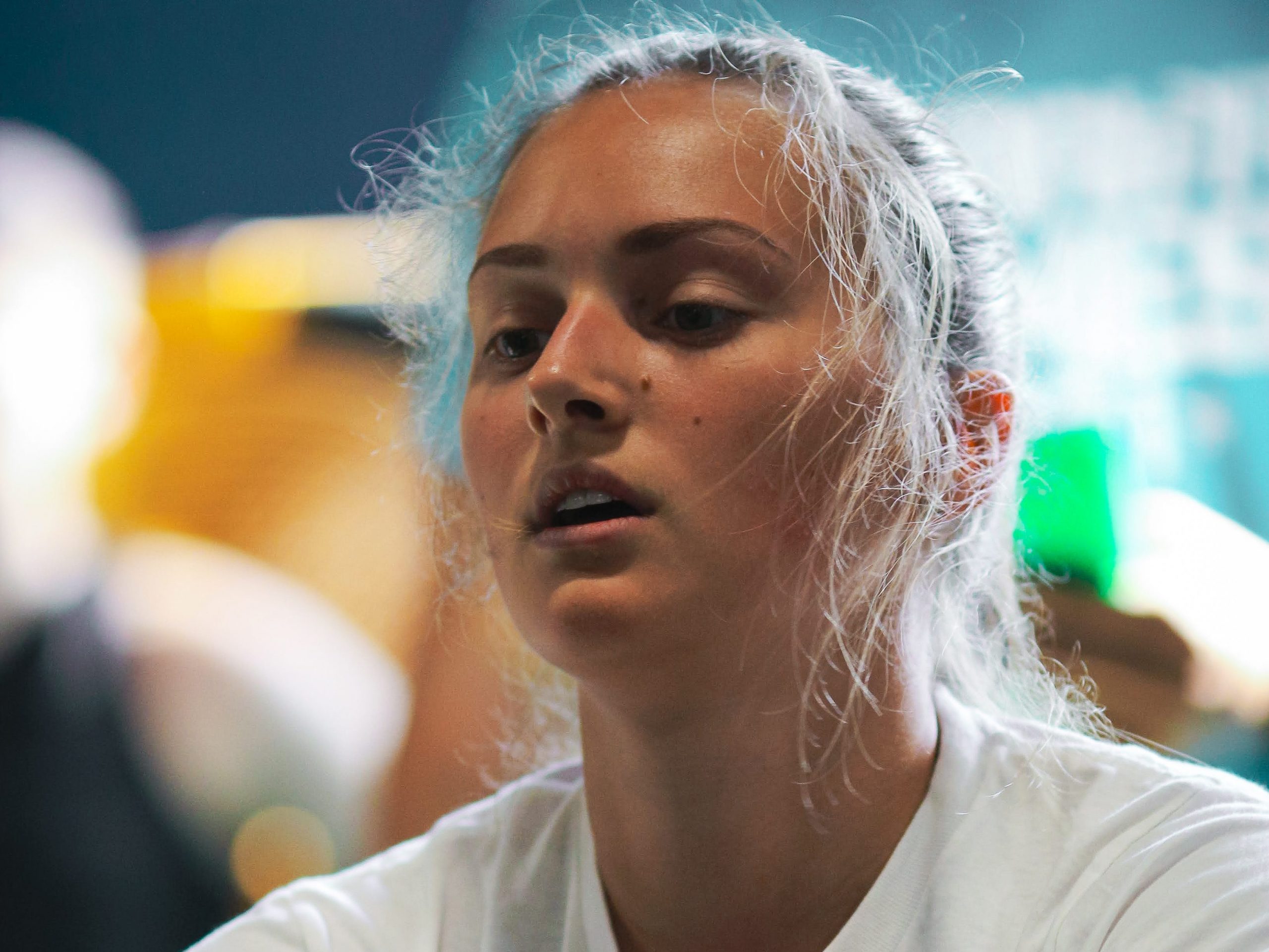An introduction to “focal length” – what it is, what it does, and why it matters. Plus an overview (with examples) of a 24mm, 35mm, 50mm, 70mm, 85mm, 100mm, and 135mm lens in CrossFit photography.
I’ve bought (and sold) probably a dozen different lenses over the last few years. And throughout the trial and error, it became increasingly clear which focal length is the absolute best for me and my photography. But, incase you’re just starting out or need a refresher, here’s an overview of focal length:
So what is “focal length?”
A camera lens typically has three identifying factors: its mount, focal length, and f stop. This would look something like the Canon RF 24mm f/1.8. The “Canon RF” is the mount and tells us what kind of camera body the lens is compatible with. The “f/1.8” is the fastest aperture the lens is capable of. And the “24mm” is the focal length, which could be most simply thought of as the lens’ “field of view.”
Sometimes a lens could have a wide field of view (generally 35mm or less), a normal field of view (generally 35mm to 70mm), or a narrow field of view (70mm+). Think of a wide field of view as a “fish-eye” style (made popular by skateboarding videos in the 90’s or the current-day trend of runners using those 360-degree cameras). Think of a normal field of view as close to what the human eye sees. And finally, think of a narrow field of view like a zoomed-in look.
BONUS: Sometimes a lens can be PRIME – which simply means it only has one focal length. And sometimes a lens can be ZOOM – which simply means it has a range of focal lengths that you can use to “zoom” in-and-out with (which would look like Canon RF 24-70mm f2.8).
Disclaimer: all my photography experience has been self-taught. I may not be precise with my vocabulary, and there are more nerdy explanations of why it’s called focal length, why it’s measured in mm, and what “effective focal length” means. I try to offer you a more functional approach to understanding it.

What does focal length do?
The focal length is probably the most important characteristic of your photographs because it offers what perspective that you want the viewer to feel/experience. Do you want the viewer to feel immersed? Shoot wide. Do you want the viewer to feel familiar? Shoot normal. Do you want the viewer to feel distant? Shoot narrow.
Now, there are different implications for each focal length in both look and feeling. And just because you shoot wide doesn’t necessarily guarantee immersion – or normal/familiar or narrow/distant. But for all intents and purposes, the focal length guides the feeling of your photo due to the perspective it offers the viewer.
Why does focal length matter?
Out of the three defining characteristics of a beautiful photo (lighting, decisiveness, composition), focal length is related to composition, or the arrangement of a photo (AKA – what’s in the frame). Learning about which focal length best suits your eye can be a guiding factor when you’re taking pictures.
And that’s why focal length matters – it guides THE PHOTOGRAPHER’S approach. Are you running up to people, in the middle of the action, with a 24mm? Or are you a sniper with a 200mm? Are you more concerned with capturing the overall scene? Or the subtle emotions of the subject? What does your environment allow? What does your budget allow? What kind of photographer do you want to be?
So…which focal length is BEST?
24mm.
EXAMPLES:
24mm


35mm


50mm


70mm


85mm


100mm


135mm


Under the photos are Amazon Affiliate links – if you purchase a lens using that a link I get a kickback at no extra cost to you. But generally I recommend second hand or finding creative ways to get lenses. Feel free to reach out with any questions!
What do YOU think?
I tried to pick photos that are generally reflective of the focal length – which ones are your favorite?
What questions do YOU have?
Feel free to send me an email or comment below!

Reply